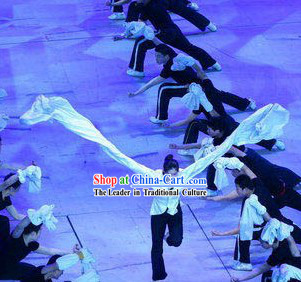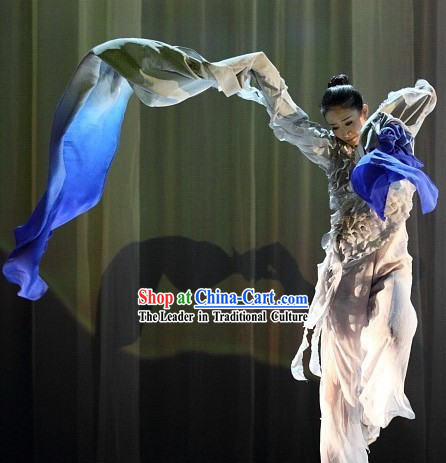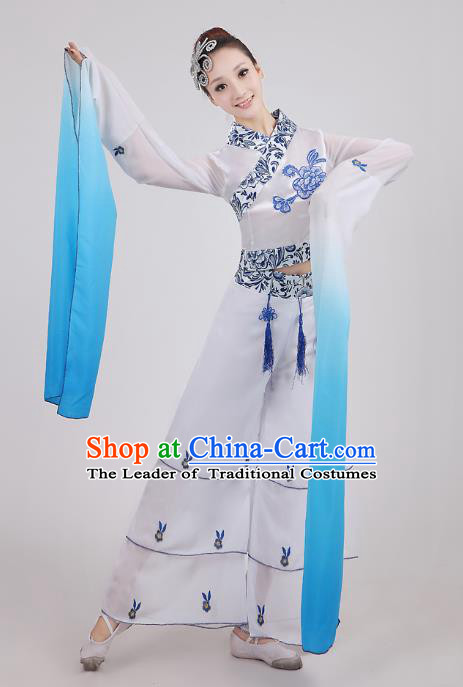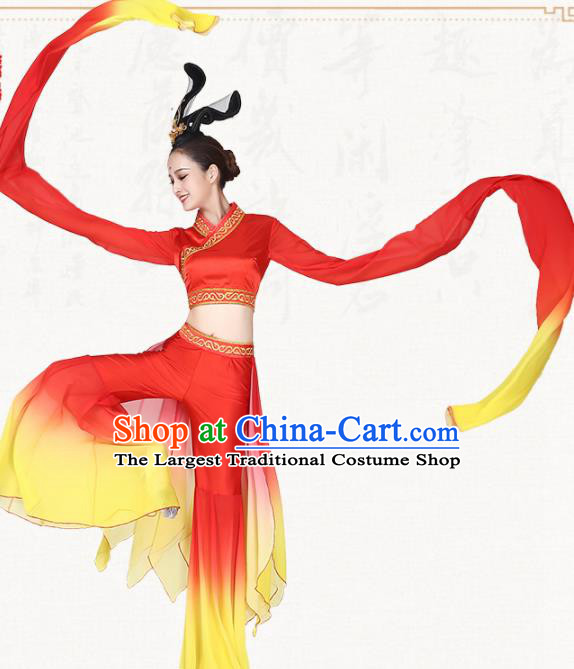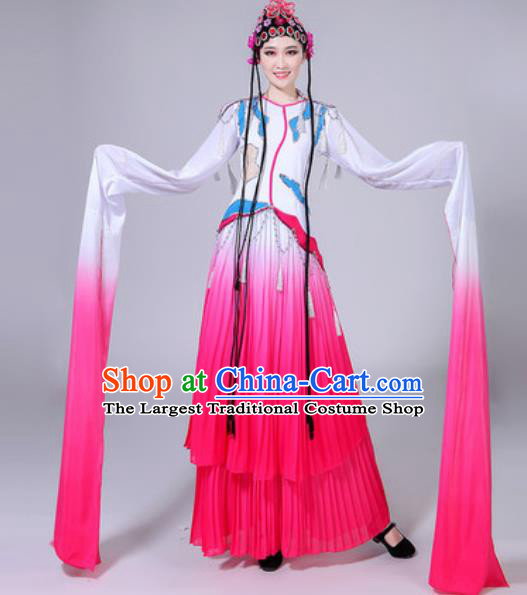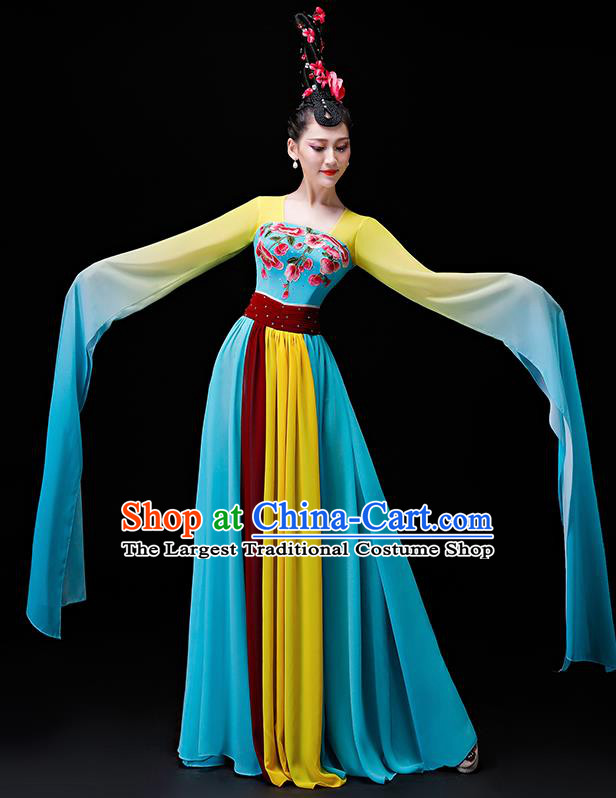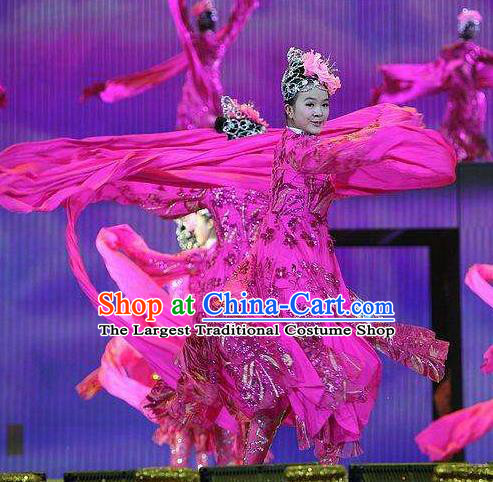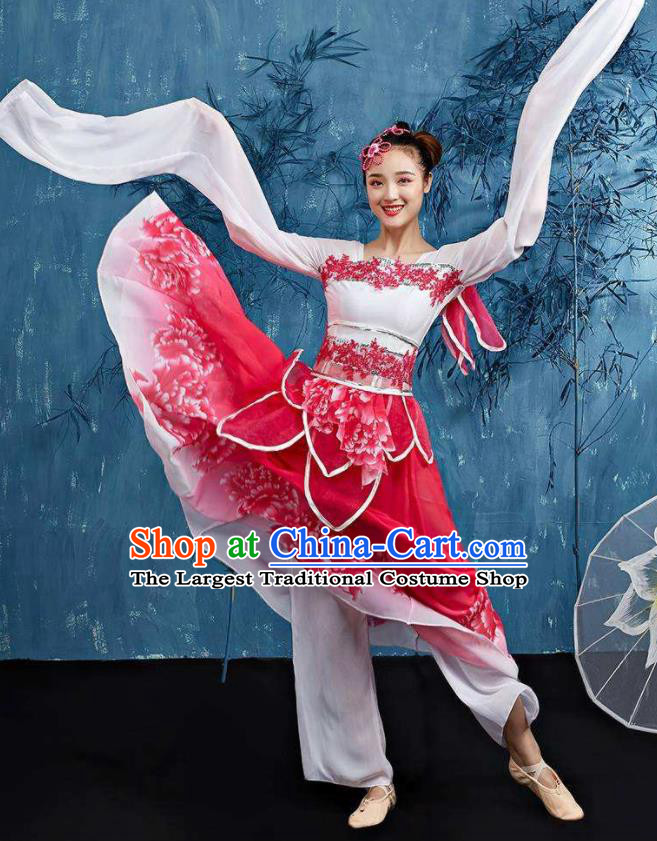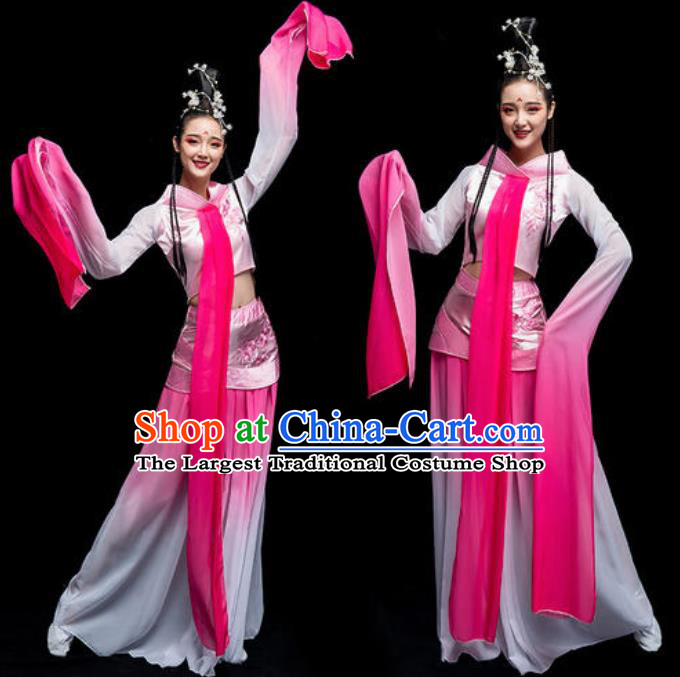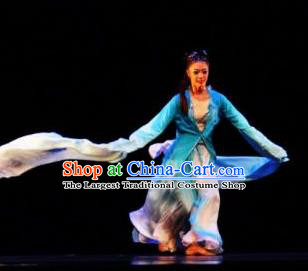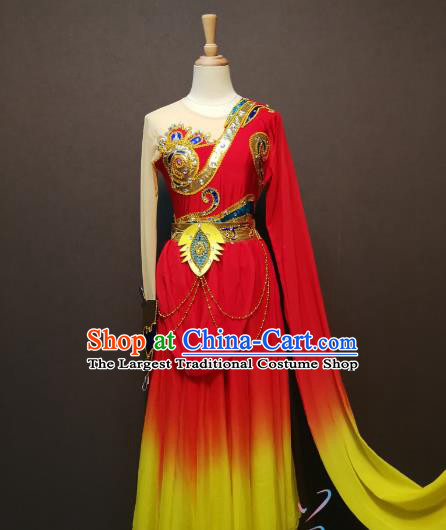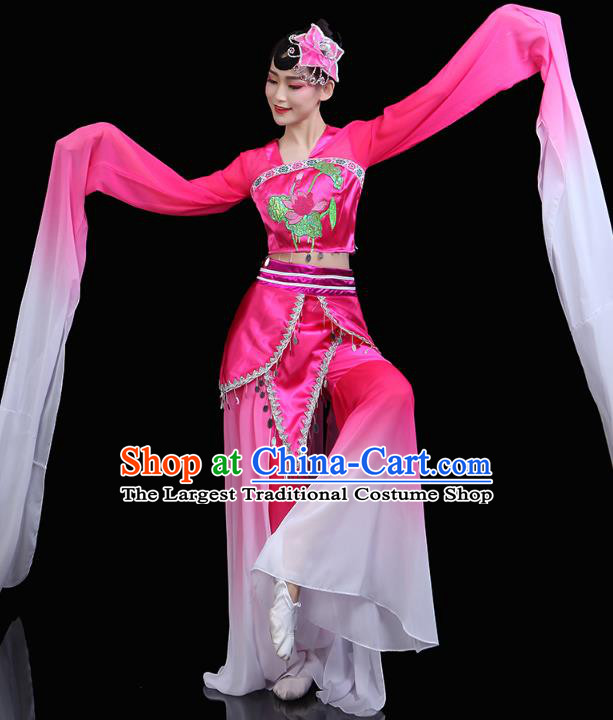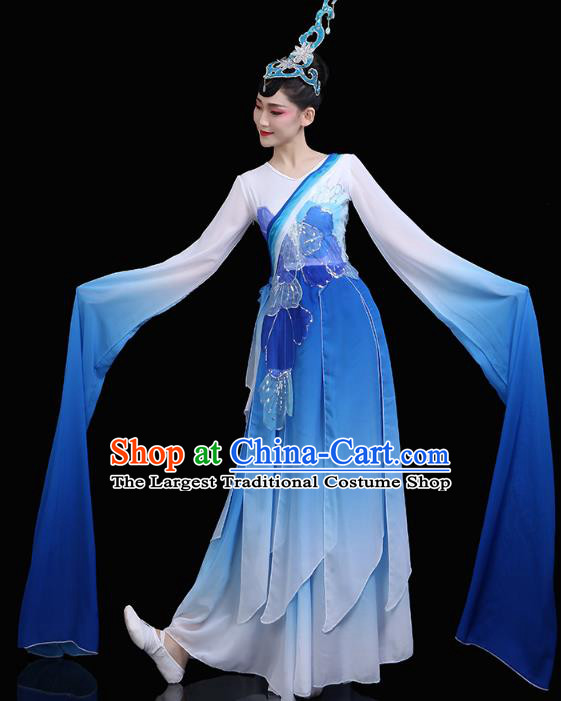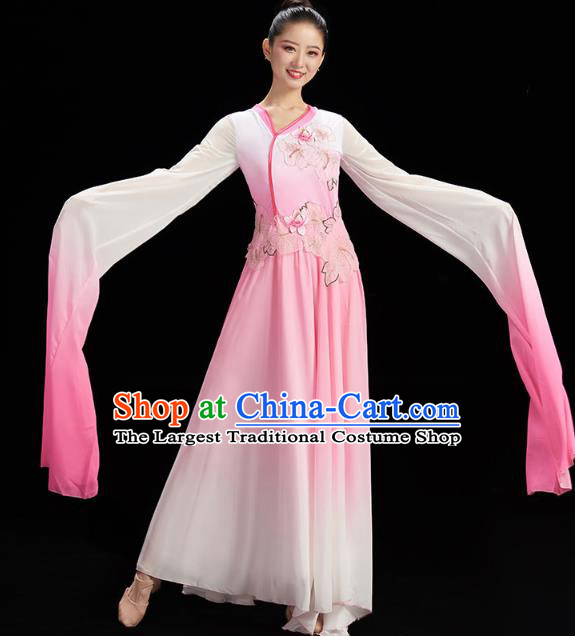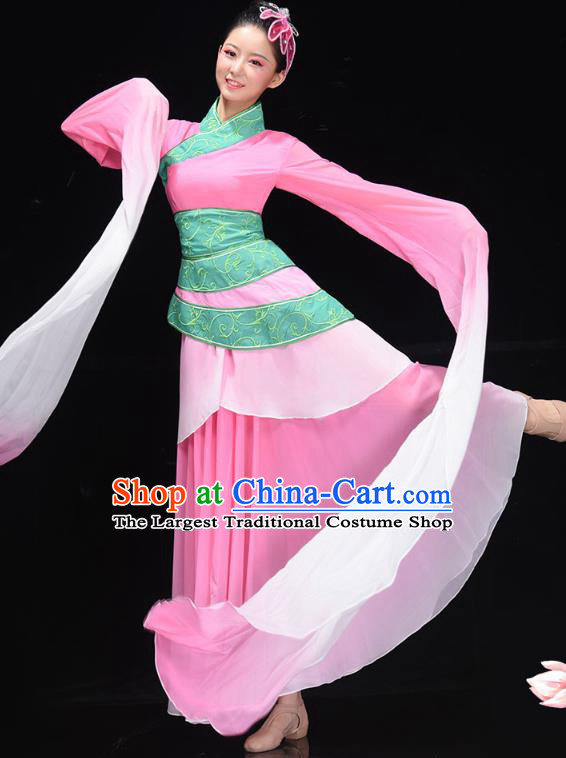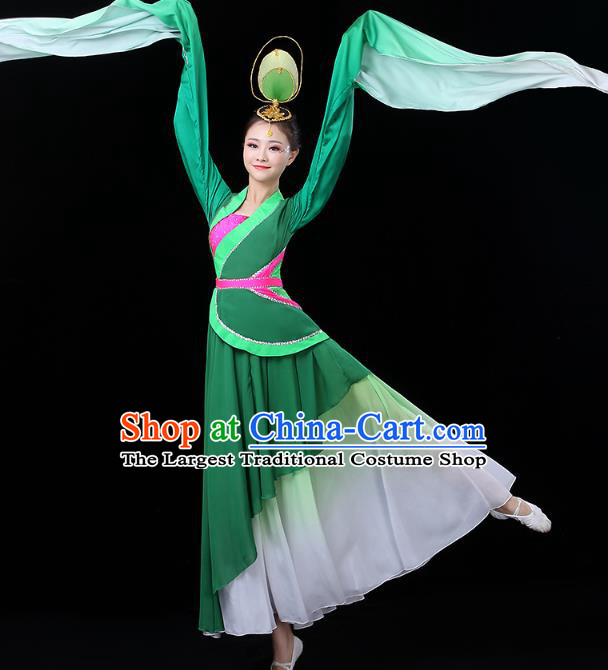
Click Related Pictures for More Audios:
The sleeve dance, also known as the water sleeve dance, is a traditional Chinese dance that is famous for its unique style and exquisite techniques.
In this dance, performers wear gorgeous costumes and hold long sleeves made of silk or other materials.
They use their arms to swing and rotate the sleeves, creating graceful movements and gestures.
The origins of the sleeve dance can be traced back to ancient China, where it was performed in royal courts and later spread to the general public.
Today, it remains an important part of Chinese culture and is often performed at festivals, weddings, and other special occasions.
One of the most distinctive features of the sleeve dance is the elaborate costumes worn by the performers.
The sleeves are typically made of silk or other lightweight fabrics and are designed to be long and flowing.
They are often decorated with colorful embroidery or other embellishments to enhance their beauty and visual impact.
In addition to the sleeves, performers also wear a variety of accessories such as head ornaments, belts, and shoes to complete their outfits.
These elements help to create a cohesive and visually stunning performance that showcases the dancer's skill and artistry.
Performing the sleeve dance requires a high level of skill and coordination.
Dancers must master a range of complex movements and techniques while also working in sync with music and stage lighting.
As a result, the sleeve dance is not only a beautiful art form but also a rigorous physical challenge that demands strength, flexibility, and endurance from its performers.
Overall, the sleeve dance is a captivating and mysterious Chinese tradition that continues to enchant audiences around the world.
Through its intricate movements and elegant costumes, it offers a glimpse into the rich cultural heritage of China and celebrates the beauty and grace of this ancient art form.
Whether seen on stage or experienced in person, the sleeve dance is sure to leave a lasting impression on all who witness it.




